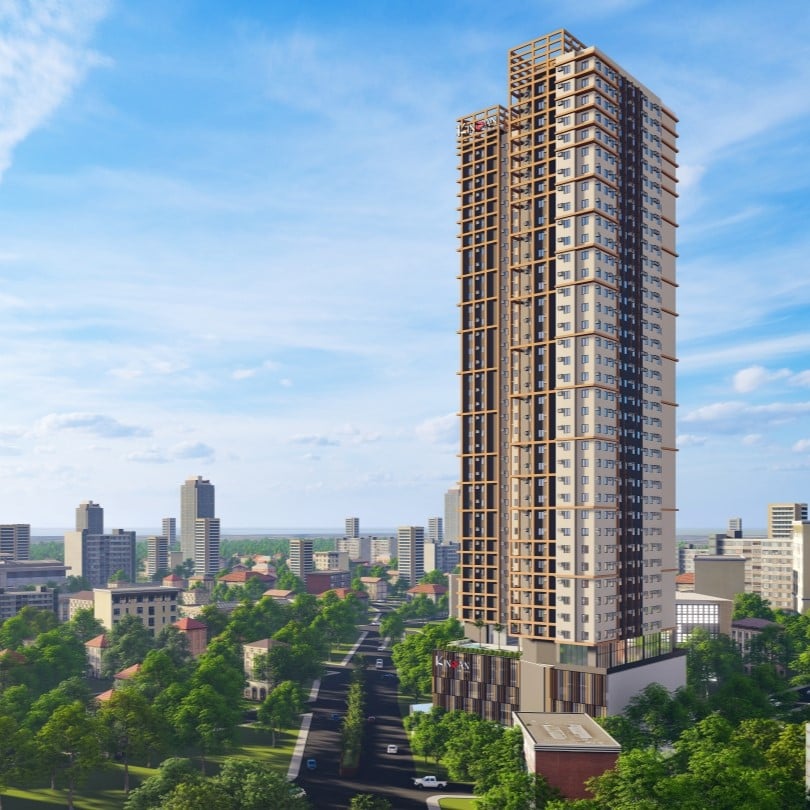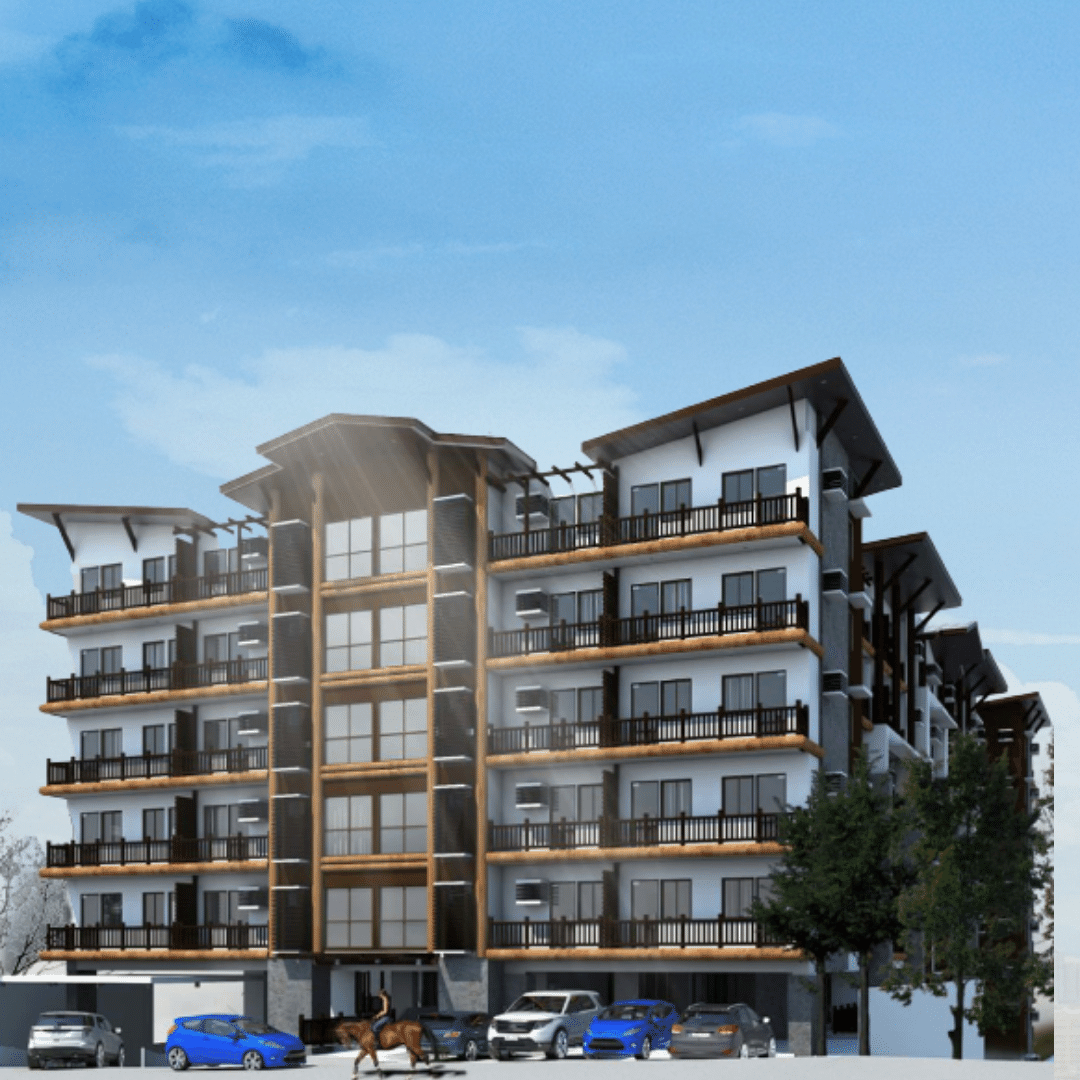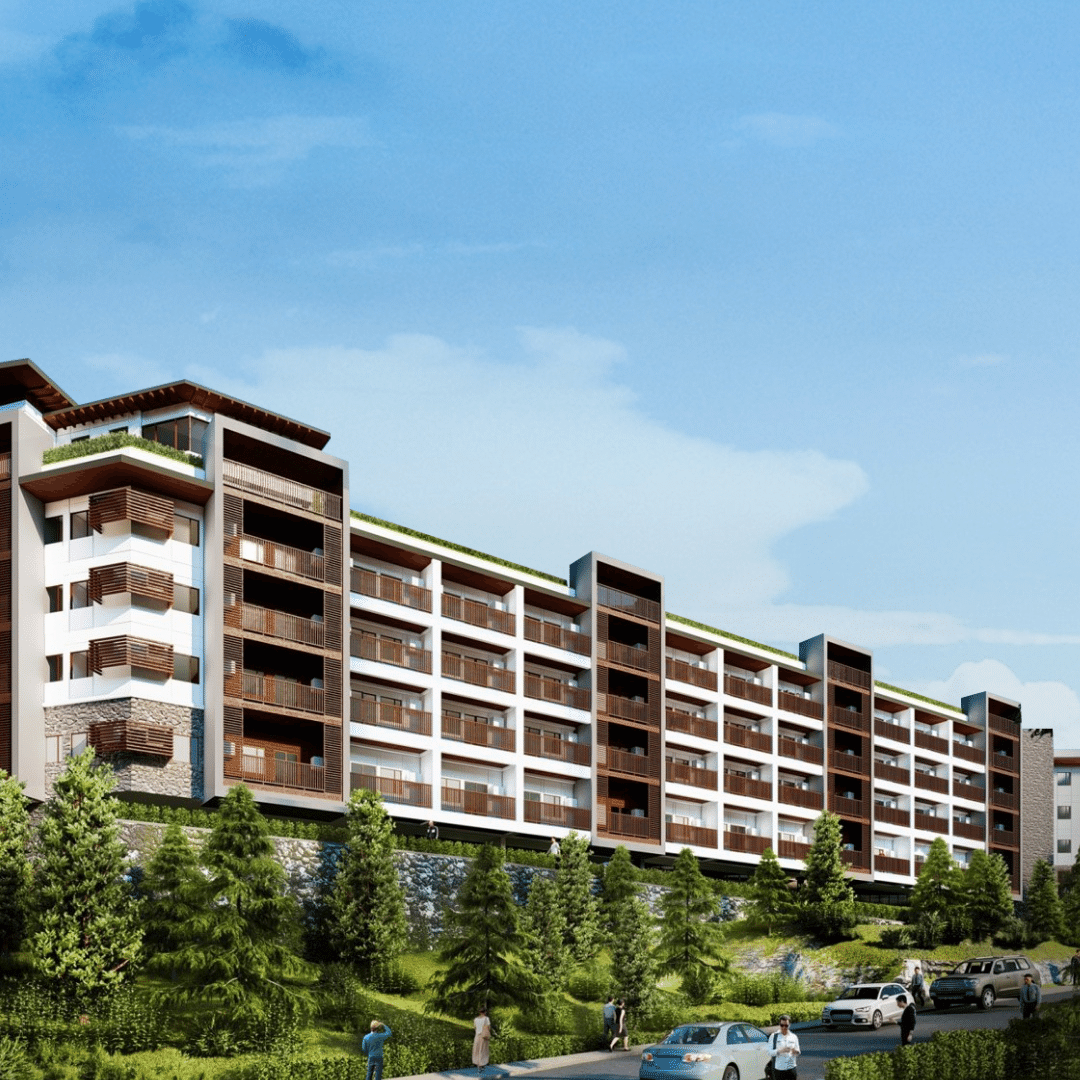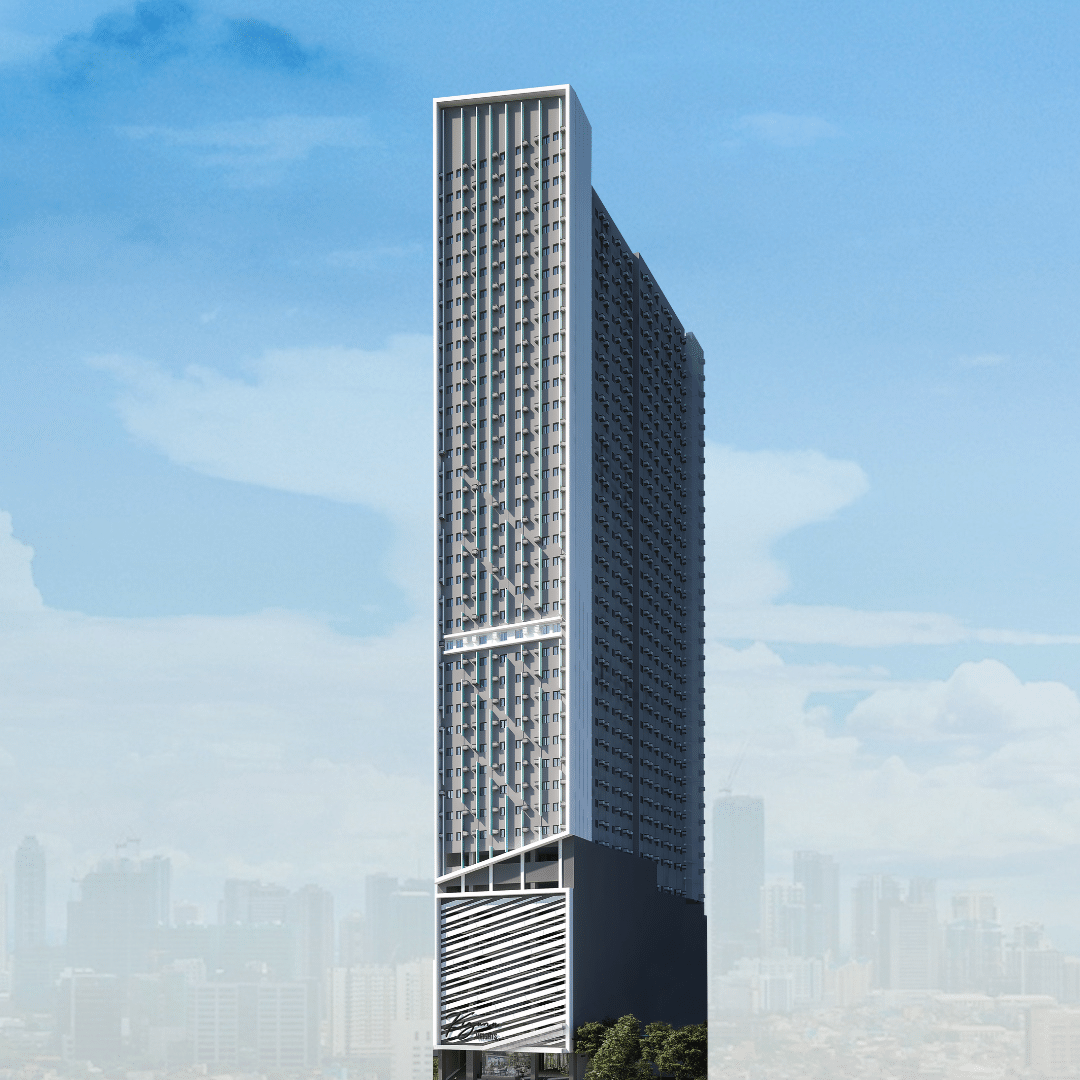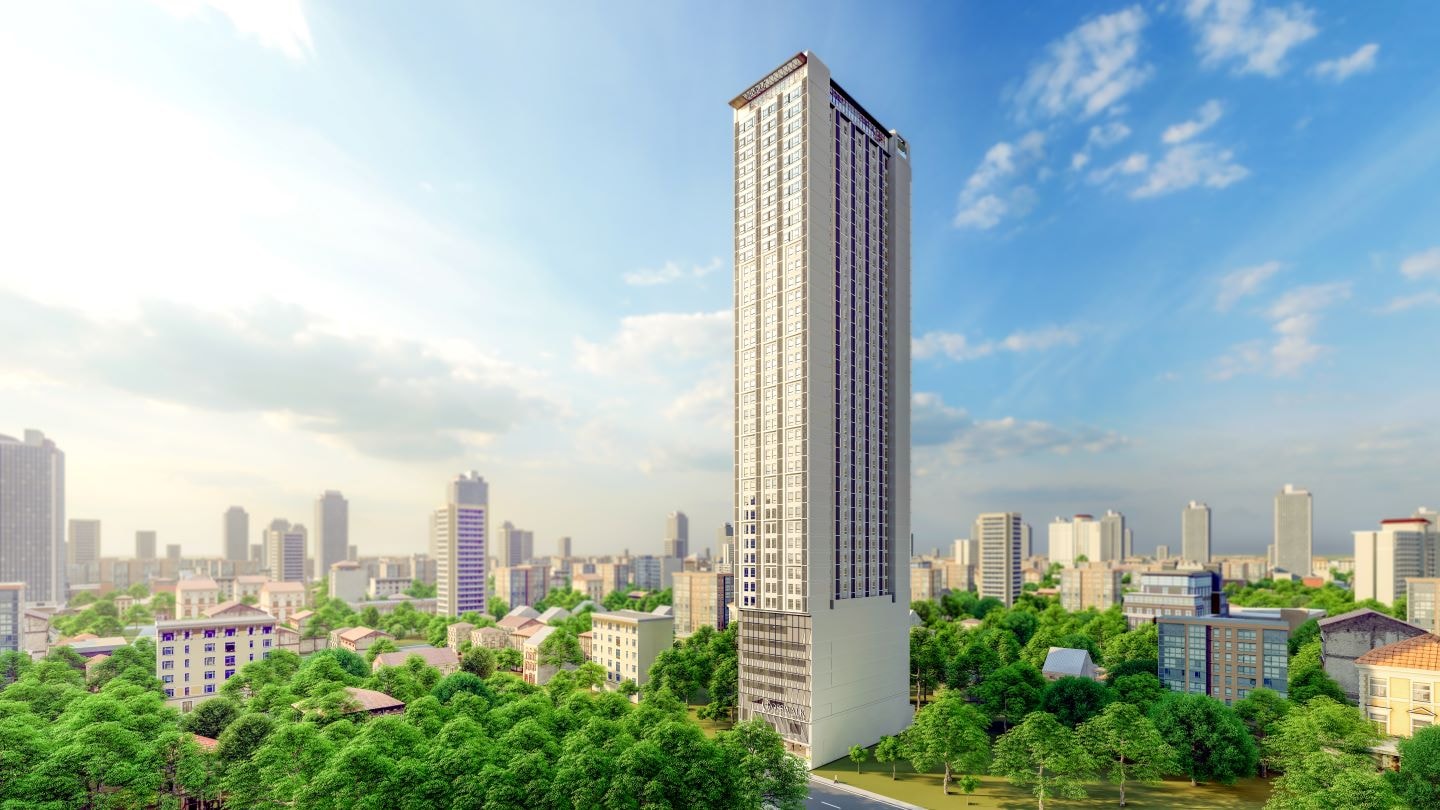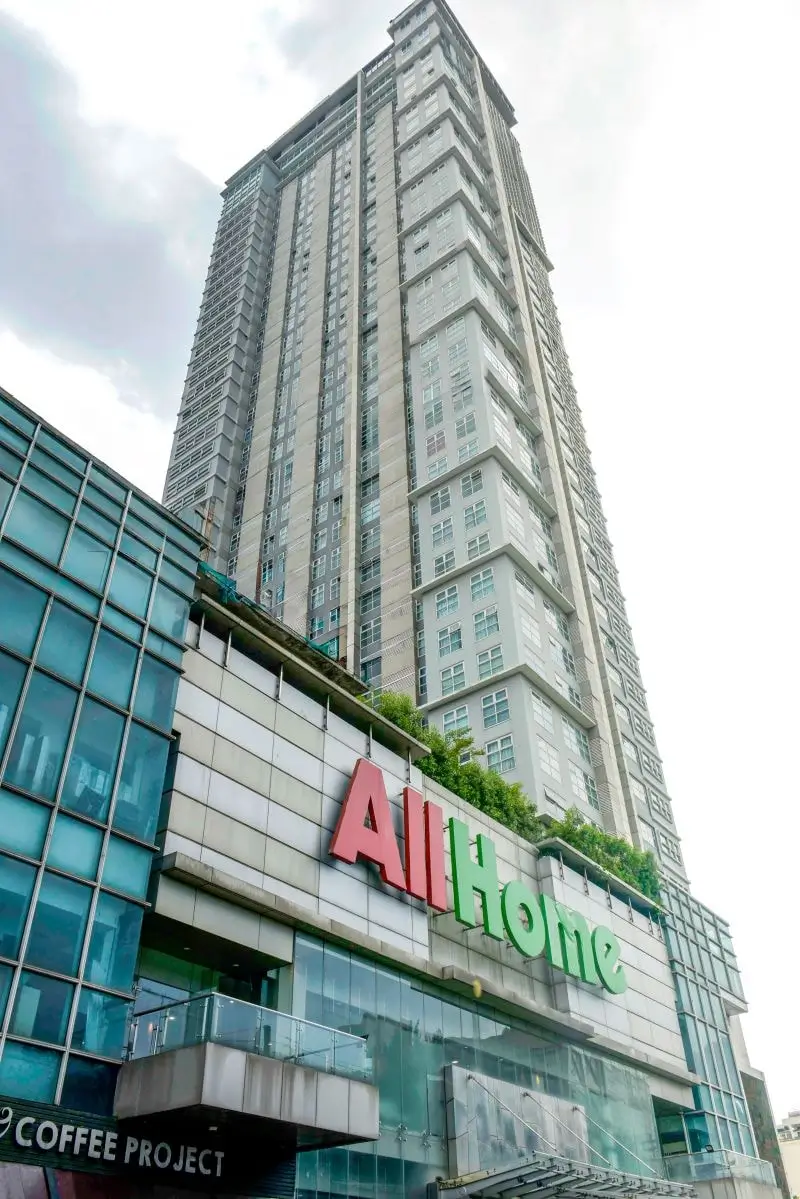Do you ever feel so energetically and emotionally drained logging out of your Zoom account after a long day of back-to-back video call conferences, to the point that you are planning to cancel your most anticipated social plan of the week, and still feel irritable and sensitive despite having your relaxation time and rest this evening?
You are not alone in this one.
The COVID-19 pandemic brought us to a more distanced way of communicating and have introduced us to the digital world. Now, even if we are already known to the world of modern technology, we couldn’t disagree with the fact that due to the lockdown and safety precautionary procedures, we are depending on different social media applications in order to still stay connected to other people and not lose access to our jobs, academics, or even relationship with our loved ones while still staying safely in the comfort of our condo.
However, as much as applications like Zoom, Skype, FaceTime, or Viber are highly beneficial for us especially for those who are in a work-from-home or online class arrangement, sometimes we just feel too tired, that even if we didn’t do things face-to-face, the exhaustion we feel from all the video calls and conferences we’ve been at through the whole day feels worse than when we are in an actual office.
Zoom fatigue, despite not being a formal diagnosis, is indeed real.
What is Zoom Fatigue?
Zoom fatigue can also be called virtual or video call fatigue. This is the exhaustion we feel after engaging in any kind of video meeting or conference. This leaves us irritated, worried, and/or unfocused in between video calls.
As people around the world replaced in-person meetings with videoconferences from their own homes and condominium units due to the COVID-19 pandemic, a lot of us are suffering the effects of Zoom fatigue while working or attending school remotely. It doesn’t matter whether you’re an extrovert or introvert, it’s taking a toll on us and it’s affecting people on a psychological level.
Why don’t we start diving deeper into the symptoms, possible causes, and tips to cope with this burnout?
Zoom Fatigue: Symptoms
Burnout is nothing new, especially for people who are service-based or are necessary to communicate with people the whole day. In addition to this, the pandemic has caused quakes in just about everyone’s mental health.
Zoom fatigue has similar symptoms to regular burnout. It has very similar ways of showing up, yet it differs in how it contributes to our mental burnout as a whole. It just so happens that Zoom burnout is linked to the over usage of virtual meetings—something that couldn’t be avoided.
Key signs of Zoom fatigue include the following:
Frustration and irritability with people
When we’re too tired, we have the tendency to be overly sensitive over things, no matter how big it is or not. As much as we hate it, the exhaustion we are feeling is triggering us to get easily frustrated and annoyed at literally anyone, even our loved ones. This one’s hard to control, I know.
Moreover, this might further affect our relationships with our people. We’ll tend to find it hard socializing well and maintaining social relationships.
Forgetfulness and difficulty in concentrating
Feeling weary with all the back-to-back video calls and conferences, our thoughts may start wandering off somewhere else even when we’re in the middle of a really important meeting. It’s hard to pay attention and remember things if you are finding it hard to input information in the first place.
So, remember to take your notes close with you because it’s hard to stay vigilant with all these thoughts piling up in your head.
Physical symptoms
This doesn’t only give us social, mental, emotional, or even motivational fatigue. Believe it or not, we also experience a whole lot of physical symptoms such as eye strain from staring at the screen all day, muscle pain and tension, regular headaches or migraine, and insomnia. If you think this kind of fatigue only happens during face-to-face meetings, well, you are wrong.
Who knew just sitting still in your condo living and communicating online with co-workers would be just as tiring (if not more) as actually going to your office to work?
Zoom Fatigue: Causes
We may have thought that we’ll have it easy since, unlike actual personal meetings, we’ll need less effort into getting to work. True enough, online work or class saves more money and time as we won’t need to commute. It also saves us physical energy because we won’t need to walk around while working. We’re grateful for all the applications keeping us connected while at home, but it isn’t always good things for us—there will always be drawbacks.
Why are video calls and conferences so tiring, anyway? Here are four of the main reasons why they can be so exhausting:
Too much eye contact
Excessive amounts of close-up eye contact can be a bit overwhelming. Unlike in a normal meeting where people will only look from time to time, taking turns to look at the speaker and focus on getting notes, video chats feel unnatural and too out of comfort as everyone is looking at everyone on their own screens. In a Zoom meeting, everyone is constantly watching each other. Our brains interpret the physical closeness of each and every face shown on the screen, giving an impression of being in close proximity to them.
Moreover, this sensation of being constantly watched and constantly watching is bringing an intensive feeling, which is a big source of Zoom fatigue.
Cognitive load
This refers to the amount of thought we have or will be put into a specific task. Used to regular face-to-face interactions, we naturally and subconsciously interpret even tiny gestures and nonverbal cues given to us. However, it’s different in video chat. Contexts may be different because for one, online messages don’t show enough emotions to be easily read, and another, seeing only faces through the screen makes it hard to interpret the body language of colleagues, classmates, or even bosses.
It adds cognitive load because we need to work harder in sending and receiving signals remotely in order to communicate well and do the job properly.
Reduced mobility
With our camera on the whole time of the meeting, our movements become restricted, making us stand unnaturally still throughout the whole day. In-person and even audio conversations allow us to walk around and move, helping us exercise both our bodies and mind. Unfortunately, our bodies become stiff and sore as we try to avoid moving because not only can we be seen on the screen, but we may also interrupt the meeting by being a distraction.
Sometimes not being able to move freely is more exhausting than moving all day.
Zoom Fatigue: Coping Tips
We want to make sure that all these video calls and conferences are working for us and are helping us be more productive in this time of the pandemic, rather than being an obstacle against us.
Don’t worry! We may not be able to lessen all the tiring meetings we get in a day, at least there are ways to reduce the risk of Zoom fatigue instead.
Avoid multitasking
As much as it is tempting to do a lot of times at the same time and challenge yourself to finish multiple works in lesser time, it is actually not recommended to multitask and you’ll see a lot of reasons if you search for them. Not only does it drain energy trying to focus on more than one thing at a time, but it also affects your performance in your work. Because a lot of things are going on, you’ll find it hard to keep yourself collected and you may miss important notes to keep in mind.
The next time you are in a video call, it’s better to close unnecessary tabs and windows that might distract you from the meeting. So, remove all possible distractions and solely keep your mind on the meeting.
Take short breaks
I know, staring at your laptop or phone for hours is definitely tiring for both the eyes and mind. It’s possible to listen to what they are saying without looking at them for a few minutes, so build in breaks in order to not feel too suffocated in between the long meetings you’re having throughout the day. Work environments may differ from each other, so if you can turn off your camera during the meeting, do it. As said before, it can be draining trying to stay still on screen while in the meeting. This gives you the ability to do the things that you need to do but cannot because you are constantly being seen on the screen.
So turn it off if needed, give yourself a few stretches and maybe drink some water while you’re on your short break.
Figure out what’s best for you
Of course, we all have different ways of personally coping with things. It’s important to know what best works for you, and apply it. If you have control over your meeting schedules, or if you can suggest alternative solutions of staying in contact effectively, you can request them according to what you think best compliments your mental health. You can also spread your meetings evenly throughout the whole week so there won’t be a day where you’ll be overloaded with meetings.
Zoom meetings and other video call platforms are not likely to disappear when it comes to work, especially in this time of the pandemic. Burnouts are already a common issue, so let’s consider ways wherein we can keep being progressive and productive with our work without having to sacrifice our own wellbeing. These tips may not be all effective for everyone, but it’s better to be aware of what Zoom fatigue is. Now we know—it is okay to feel this way!
It’s exhausting enough that we are trying to adapt to the new normal, so let’s not drain ourselves and find an easier and healthier setup for our video call meetings. Let’s keep stay comfortable during video call meetings and have a stress-free work-from-home arrangement on our condo living.
If you are thinking of moving into a new condominium, check out Vista Residences!
Vista Residences is the condominium arm of the country’s largest homebuilder, Vista Land & Lifescapes, Inc. that offers ready for occupancy and pre-selling condominium projects in Manila, Makati, Mandaluyong, Quezon City, Ortigas, Baguio, Cebu, and CDO that are strategically located within major cities, in close proximity to premium universities, transit-oriented locations, and developed business districts.
At Vista Residences, unit owners can take advantage of the property’s centrality. The properties of Vista Residences are strategically located near the country’s premium universities and CBDs, making them an attractive investment for both local and foreign investors.
Living in Vista Residences enables you to enjoy convenience, where everything is pretty much within walking distance or a few minutes away from the property; comfort because the project features and amenities are designed to deliver comfort at all times, which makes condo living a worthy investment; security that is 24/7 and CCTV monitoring, which makes the residents safe and secure within the property.
In line with Vista Residences’ thrust to offer convenience among its residents, it also features an AllDay Convenience Store and Coffee Project in all its projects.
For more information on Vista Residences, email [email protected], follow @VistaResidencesOfficial on Facebook, Twitter, Instagram, and YouTube, or call the Marketing Office at 0999 886 4262 / 0917 582 5167.

